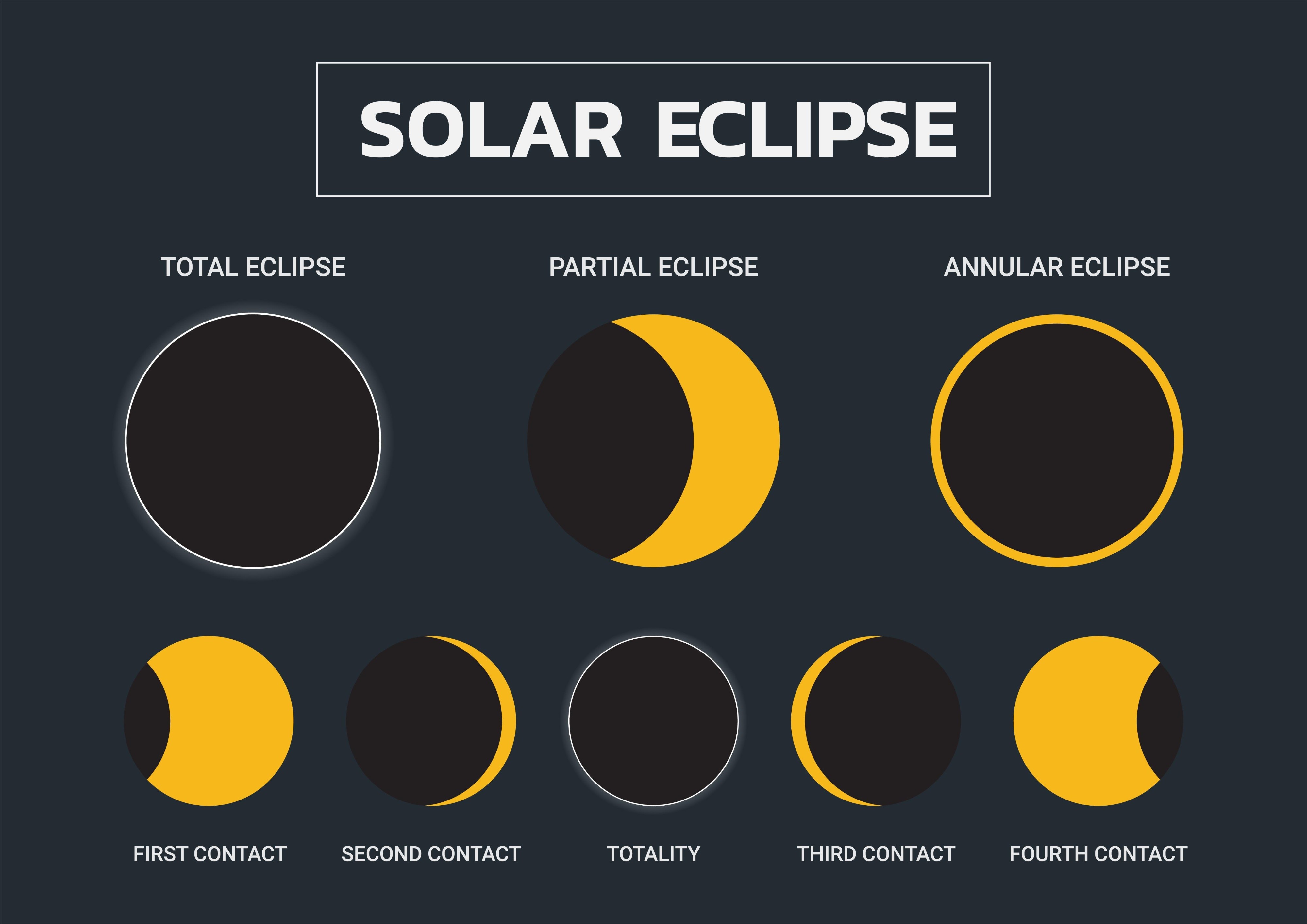Solar Eclipse September 2025: A new month in the cosmic calendar, a new celestial event. The skies are getting ready for one last show: a solar eclipse in September 2025, just a few weeks after the amazing Blood Moon lunar eclipse. But, only a small number of people around the world will be able to see a beautiful "crescent sun" on September 21. It means this upcoming Solar eclipse will only be partial. Hereon, you will get to know about when and where the last solar eclipse will happen in 2025 as per NASA. This way, you can be fully ready for the last astronomical event of the year.
When to Watch the Solar Eclipse of September 2025?
The upcoming September 21 solar eclipse is a spectacle for the Southern Hemisphere. Here's a breakdown of the key times and locations, with all times in UTC:
-
First Partial Eclipse Begins: September 21, 17:29 UTC
-
Maximum Eclipse: September 21, 19:41 UTC
-
Final Partial Eclipse Ends: September 21, 21:53 UTC
Where will the September 2025 Solar Eclipse be Visible?
These are the regions of visibility for the Partial Solar Eclipse of 2025. The table also includes regions that will miss the last Solar eclipse of the year.
| Countries where the Solar Eclipse will be seen | Visibility | Details |
| New Zealand | High Visibility | Observers in southern cities like Dunedin will see a deep partial eclipse at sunrise. |
| Antarctica | High Visibility | Parts of Antarctica will get some of the most dramatic views. |
| Eastern Australia | Partial Visibility | A sunrise view of the eclipse is possible, especially along the eastern coastline. |
| South Pacific Islands | Partial Visibility | Islands such as Fiji and Samoa will experience varying degrees of coverage. |
| Northern Hemisphere | Not Visible | Countries like India, Pakistan, Nepal, and all of North America will not be able to see the eclipse. |
How to Watch the Solar Eclipse Safely?
If you're on the visibility path, keep in mind that you should never look directly at the sun during a solar eclipse without the right eye protection. Use only certified solar eclipse glasses or a pinhole projector. Standard sunglasses, even those that are very dark, are not safe for viewing and can cause permanent eye damage. You can also follow live streams from official sources like NASA to enjoy the event safely from anywhere in the world.
What is a Partial Solar Eclipse?
The Moon only covers part of the Sun's disk during a partial solar eclipse, unlike a total solar eclipse, when the Moon completely blocks the Sun. This leaves a bright crescent of sunlight that can still be seen. The event on September 21, 2025, is very important because it will be a deep partial eclipse, with the moon blocking up to 72% of the sun in some areas. This means that people in its path will see a dramatic visual display and have a rare chance to see how the solar system works in real time.

Courtesy - Google
Check Out: Which is the Coldest Planet in the Solar System? It’s Not What You Think
This last solar eclipse of the year is a beautiful reminder of how strong and predictable the universe's rhythm is. It may not be a global show, but for a select few, it promises to be an unforgettable display of cosmic choreography, making it a fitting end to a year full of celestial wonders.
Comments
All Comments (0)
Join the conversation